Now back to Central America, and the chaca tree. The scientific name for the chaca tree is Bursera simaruba. It is a member of the Burseraceae family of trees. The Creole or English name for chaca is gumbo limbo.
Tabonuco (Dacryodes excelsa) and gumbo limbo (Bursera simaruba) represent the economic, ethnobotanical, and ecological significance of the Burseraceae in the Western Hemisphere, while frankincense (Boswellia carterii) and myrrh (Commiphora abyssinica) represent the same in the Eastern Hemisphere.
From Wikipedia, the free encyclopedia
So the chaca tree has a cultural significance in this hemisphere, the analog of which might be the significance of the frankincense tree in African, Asian and European cultures.
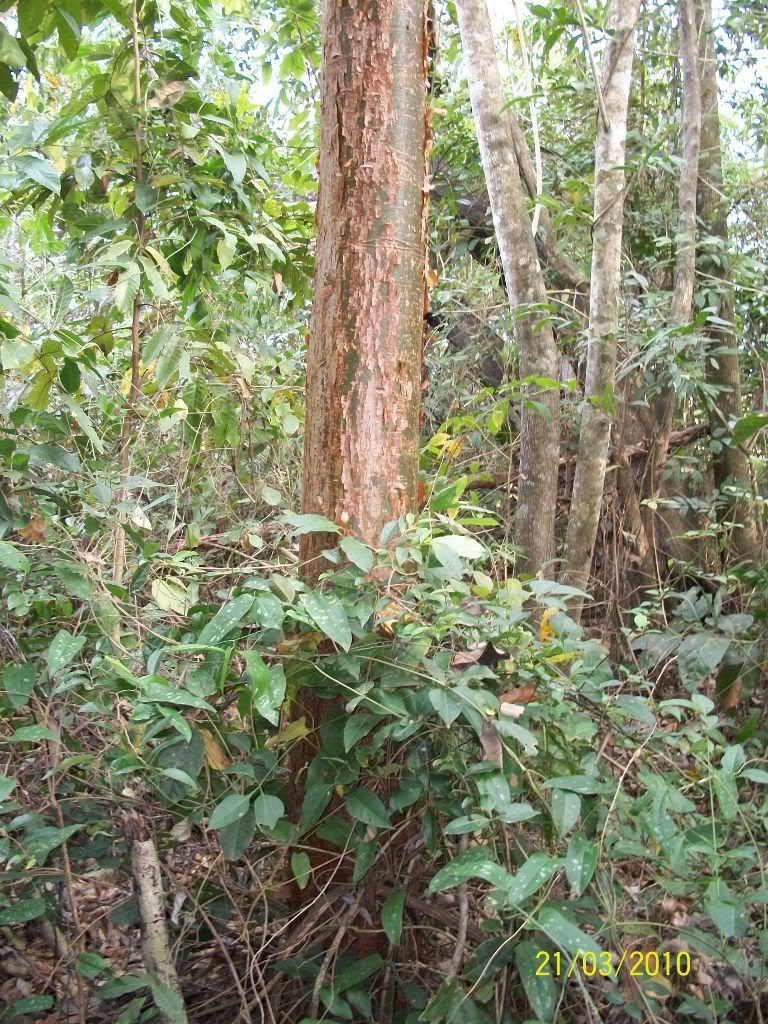
Give me a moment to bring to your attention a different tree. This is an important part of the story of chaca, for it relates to his evil brother, chechen. The chechen tree is also known as Metopium brownei or the black poisonwood tree.

Now, it is important to know that almost anywhere either chechen or chaca can be found the other is near.
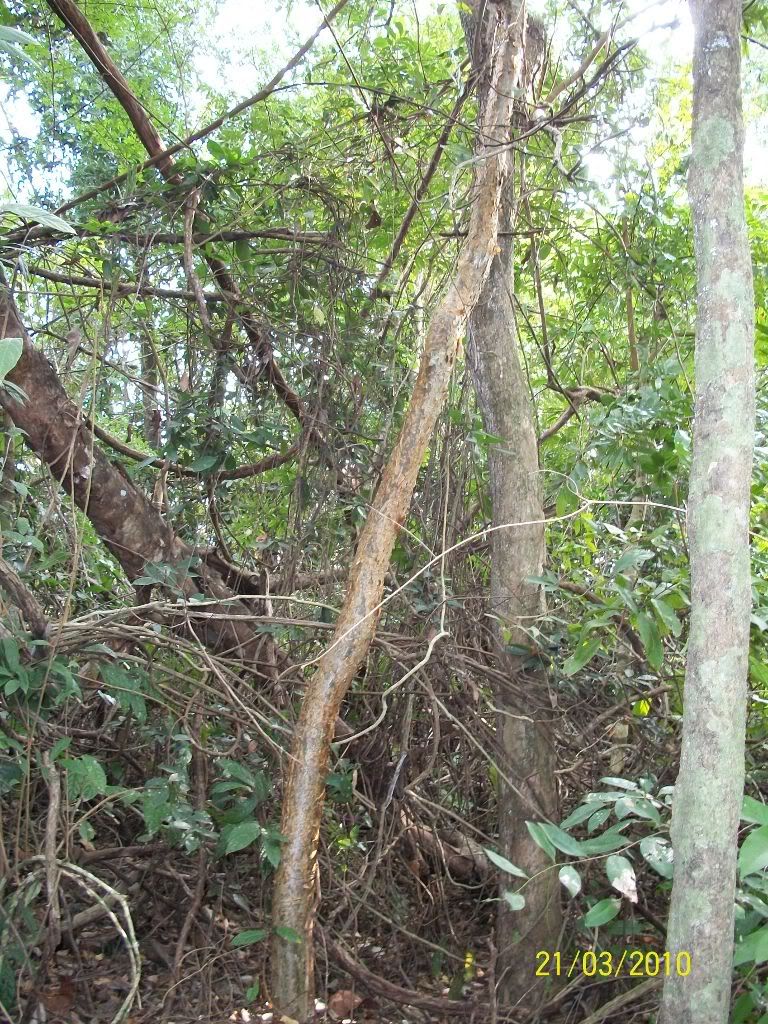
Also it is important to know that the cure for chechen's poisonous sap, is the sap of the chaca tree. This was apparently interesting enough to the people who lived here in ancient times, that they created a little story. Either that or there actually were once two brothers who...
The Chechen tree is poisonous and the Chaca tree has a nectar to neutralise the poison if you happen to have touched the Chechen tree. There is a famous Mayan legend that explains the appearance of these trees and why they are found together.
The Mayan legend tells of two great warrior princes who were brothers of enormous strength and skill but of completely different nature. The younger brother, named Kinich, was kind and merciful and loved by all, while the elder brother, named Tizic, was sullen, and drew strength from the hate and anger nursed in his heart. As legend has it, they both tragically fell in love with the beautiful Nicte-Ha. The brothers declared a battle to the death to see who she would choose.
The battle was longer and more hideous than the world had ever seen. The Earth was torn and the Heavens went into hiding. Eventually both brothers died in each other’s arms. In the afterlife, they begged the gods for forgiveness, and a chance to return to the world of the living and see their beloved Nicte-Ha once more.
The gods granted their wish and Tizic was reborn as the Chechen tree, which seeps black poison from its branches and burns anyone who touches it, and Kinich was reborn as the Chacah tree, whose soothing nectar neutralises Chechen’s venom. They solemnly watch over Nicte-Ha, who having died of grief, was mercifully restored to life as a beautiful white flower.
From cancuntravel.wordpress.com
Chechen is largely avoided by most, though not quite all who are acquainted with it.
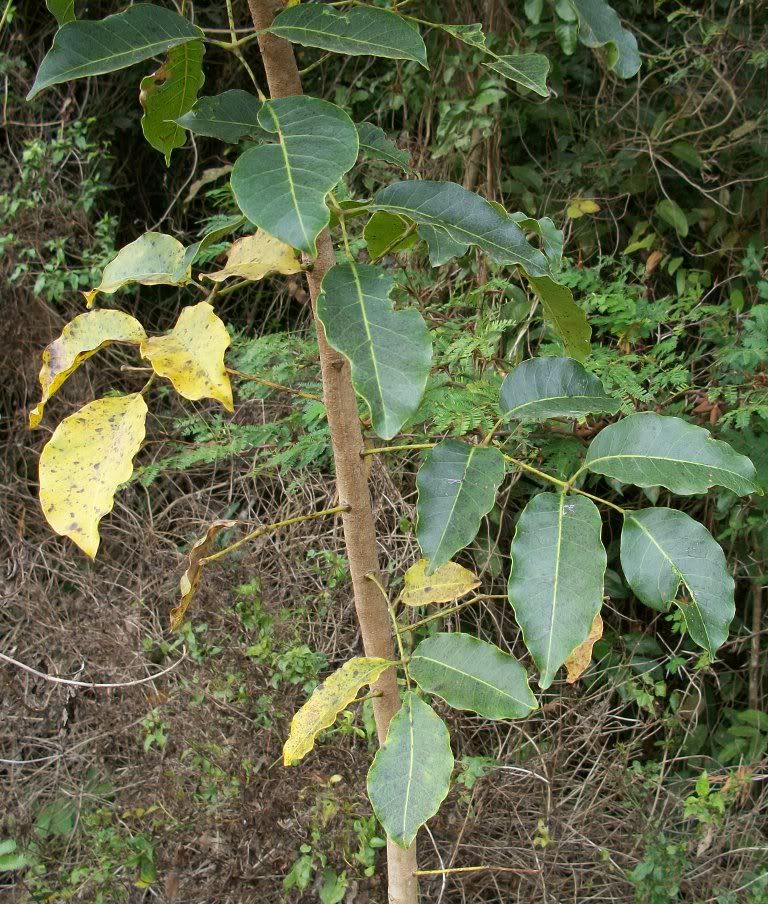
It oozes caustic sap, and the slightest contamination of the eye can cause permanent blindness. I know of several local men who will not go into a forest where Chechen grows because they are so sensitive that even the air around the tree can cause a severe rash for them.

There are techniques that can reduce the risks of working with the wood. A few people use it, mostly very dedicated artists who make things out of its dangerous but beautiful wood . A wood that seems to carry its aura with it into the objects made from it.
http://www.drumsolo.cc/snare_drums/snare_gallery/chechen/chechen.html
http://www.exotichardwood.com/pic_chechen.html
Personally, I have had no difficulties with the Chechen trees. I never chop it, I never bother it. I move through it without fear and without consequences. I have always had confidence that the simple truce between the tree and I would protect me. And it always has. Recently however I almost certainly broke the truce. Chechen grows at the edge of the newest paddock for the sheep. Or more accurately, it grew there until I hosed it down with glyphosate herbicide before the sheep were moved to that area.
Chaca, everybody seems to like. It is used as bush medicine for a variety of illnesses, apparently with success. The sap or resin is used as an incense in household prayer services as well as in Catholic churches here. The Maya and Mestizo people place a great value on the use of incense. Chaca is sometimes feed to livestock. And according to Wikipedia, carousel horses in the US are traditionally made from chaca. The tree is used as living fence posts by many, including us.
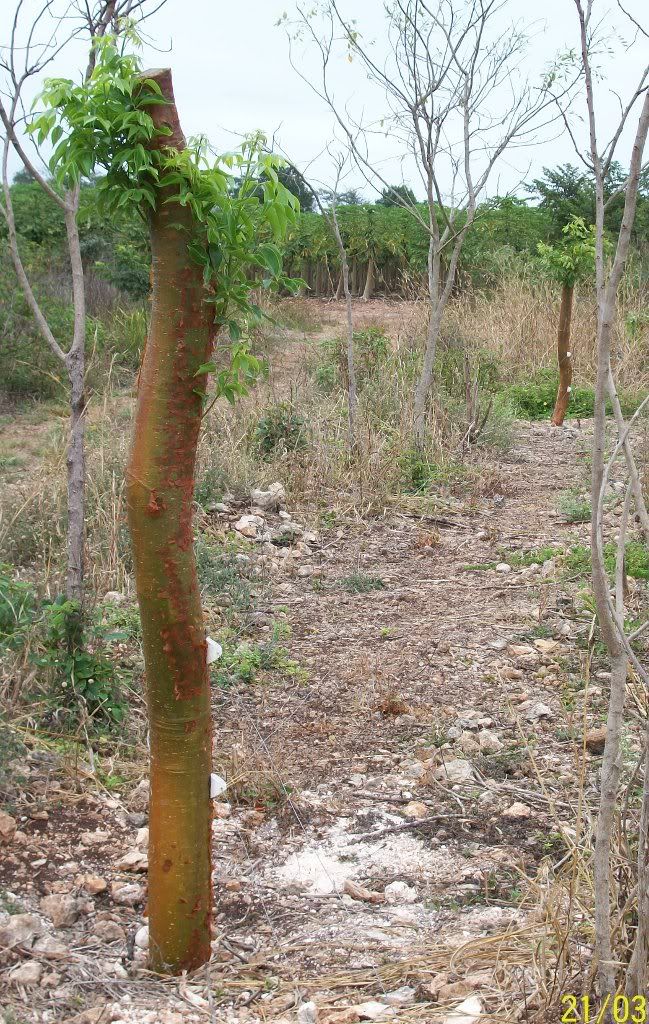


Chaca is a good and beautiful tree.
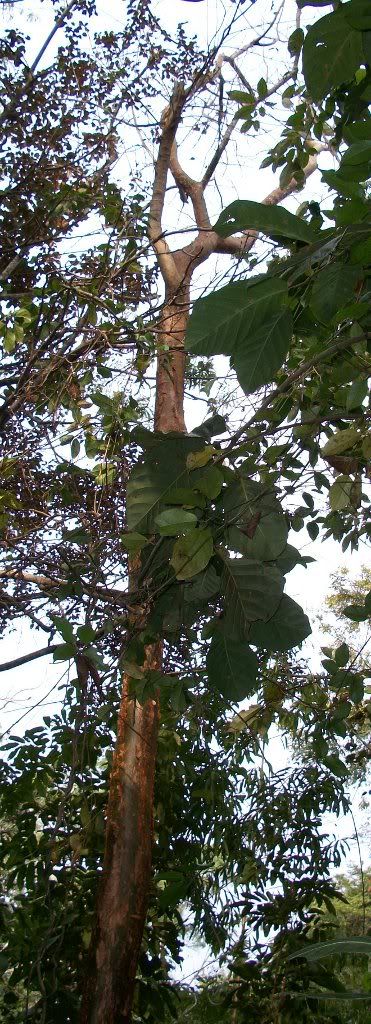
1 comment:
Fascinating! Your narrative has added chaca and chechen trees to my world of knowledge; not to mention a much better awareness of exactly where the Sultanate of Oman is located.
I wonder if one of the Three Magi was from that area of the Arabian peninsula and therefore brought as a token of respect some of the incense for which his land was known. Or perhaps, since frankincense was held in high regard, he simply thought it an appropriate gift. Or perhaps some later storyteller thought it would make an interesting detail to a Solstice night bedtime story.
Looking at the pictures, I wonder if the trunks of all chaca trees have stuff growing on them, or if that covering is a part of the plant's natural bark.
See, John, how you awaken curiosity with your style of narrative? Good job!
You did not elaborate on the medicinal uses of chaca. A tea, perhaps, in addition to its aromatic properties? I look forward to experiencing the pleasure of chaca whatever if and when that Great Day dawns when I stand on Belizean soil and see you and the Wiry Woman of Steel approaching with bright smiles and open arms!
Post a Comment